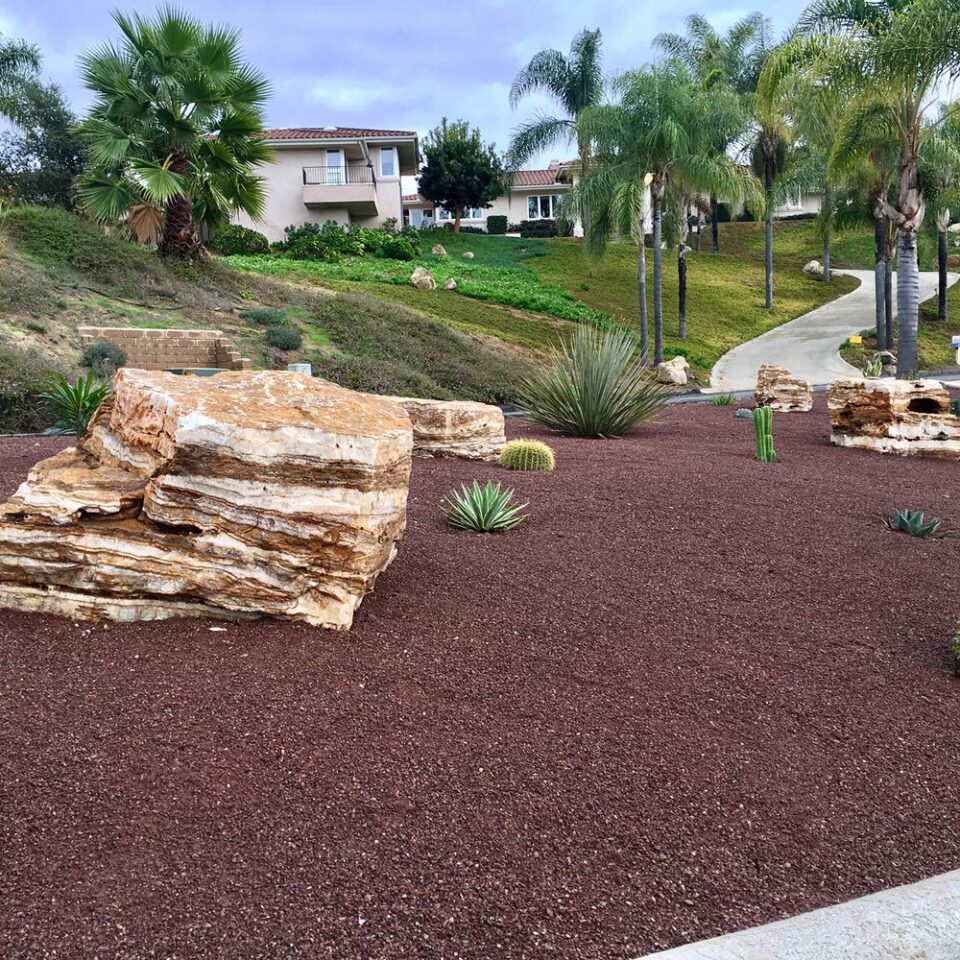The fundamental difference between crushed rock and gravel lies in their formation and processing. Crushed rock is manufactured by mechanically breaking down larger rocks into smaller, angular pieces through crushing and screening processes. This mechanical breaking creates sharp, irregular edges and flat surfaces, contributing to its unique properties.
Physical characteristics
The distinct physical properties of these materials significantly influence their performance in various applications. Crushed rock Melbourne features angular shapes with sharp edges and flat surfaces, creating multiple contact points between pieces. This characteristic allows for excellent compaction and stability, making it ideal for load-bearing applications.
Melbourne suppliers emphasize the superior interlocking capabilities of crushed rock over rounded gravel in the construction industry across crushed rock, particularly in projects requiring structural stability. This natural interlocking ability has made crushed rock a preferred choice for many construction applications.
Stability and compaction
The angular nature of crushed rock provides exceptional stability through mechanical interlocking. The irregular shapes fit together like puzzle pieces when compacted, creating a stable surface that resists movement and settling. This interlocking effect is particularly valuable in applications where load-bearing capacity and minimal movement are essential.
Gravel, with its rounded surfaces, behaves differently under pressure. While compacted, the smooth surfaces tend to allow more movement between pieces. This characteristic is advantageous in specific applications where some flexibility is desired, but it may not provide the same level of stability as crushed rock.
Applications and best uses
Crushed rock applications
Crushed rock excels in applications requiring structural stability and drainage. It performs exceptionally well in:
- Base material – Its superior compaction properties make it ideal for creating stable foundations under driveways, parking lots, and roads. The angular pieces lock together, providing excellent load distribution and minimal settling over time.
- Drainage solutions – The void spaces between angular pieces allow for efficient water movement, making crushed rock excellent for drainage applications, including French drains and retaining wall backfill.
Gravel applications
Gravel’s rounded nature and aesthetic appeal make it suitable for different purposes:
- Decorative uses – Gravel’s smooth, natural appearance makes it popular for garden paths, landscaping features, and decorative ground cover where visual appeal is prioritized over structural requirements.
- Water features – The rounded edges of gravel are ideal for water features, as they create a more natural appearance and pose less risk of damage to pond liners or water feature components.
Size and gradation
Crushed rock sizing crushed rock prices near me and aggregate deliveries Melbourne depend on material grading, ensuring consistency for various construction needs. This gradation is crucial for achieving optimal compaction and performance in structural applications. Typical size ranges include:
- Base materials – Typically 3/4″ to 2″ thick for foundational layers
- Surface materials – Smaller sizes for top layers, usually 1/4 inch to 3/4 inch
- Fill materials – Mixed gradations for specific engineering requirements
Gravel sizing
Natural gravel often exhibits more variation in size, though it is screened to achieve more uniform gradations. Standard gravel sizes include:
- Pea gravel – Small, rounded stones typically 1/4 inch to 3/8 inch in diameter
- River rock – Larger stones ranging from 1 inch to 4 inches or more
- Mixed gravel – Natural combinations of various sizes
Maintenance requirements
Understanding maintenance needs helps in material selection:
- Crushed rock maintenance – The angular nature of crushed rock typically results in better stability and less frequent maintenance. However, occasional releveling and replenishment of surface material may be required.
- Gravel maintenance – Rounded gravel migrates more efficiently, especially on slopes or high-traffic areas. Regular raking and redistribution may be necessary to maintain even coverage.
The choice between crushed rock and gravel ultimately depends on specific project requirements, including structural needs, aesthetic preferences, and budget constraints. Understanding these materials’ distinct characteristics helps ensure optimal performance in various applications.

